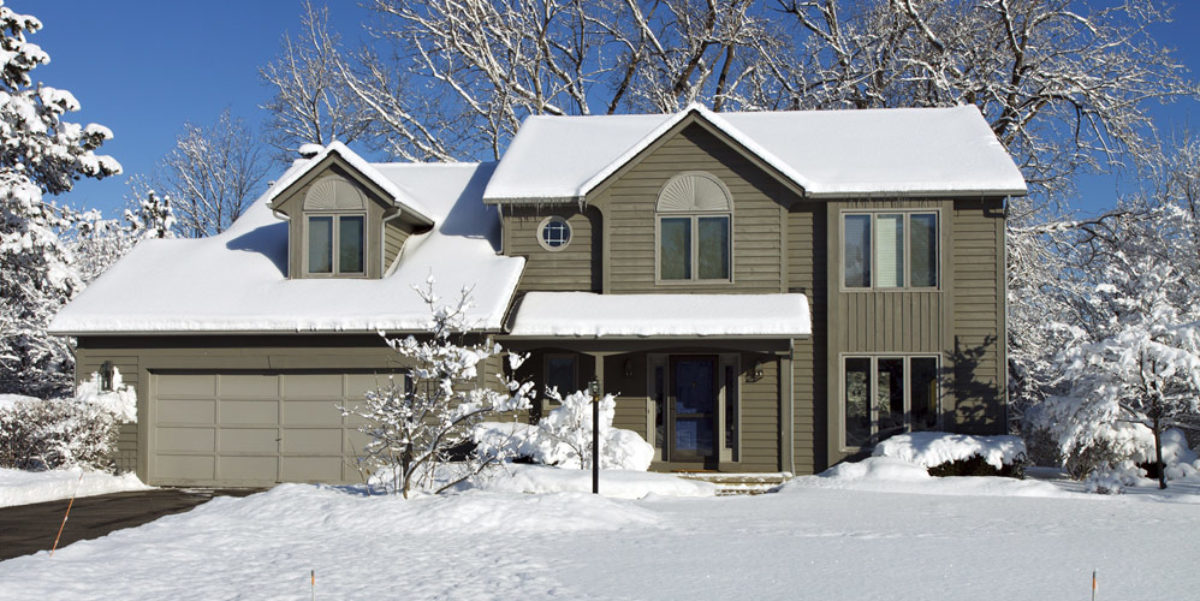- Let Sunlight In. Sunlight provides natural heat that doesn’t cost any money. Take advantage of sunny winter days by opening blinds and curtains. Close your blinds and curtains at night to keep the heat trapped inside. *Tip. Black-out shades and insulated curtains are a great investment to help keep heat in the house in the winter and out of the house in the summer.
- Move Furniture Away from Vents. Heating vents need space to allow the heated air to escape and rise. Furniture that is placed too close to these vents can prevent them from working efficiently. Leave a gap of at least 8 inches between your heating vents and any large pieces of furniture.
- Have your system checked for efficiency. Our service contractors are available to perform a comprehensive check of your system to assess its efficiency. Old boilers and furnaces must often work extra hard to provide adequate heat to your home. This may be causing your system to be running more than is necessary, costing you money in extra oil. Schedule a diagnostic efficiency check to see how well your system is running.
- Use ceiling fans to circulate heat. Everyone knows that heat rises. What you may not know is that most ceiling fans have a ‘winter’ setting. Flipping the switch on your ceiling fan from counter-clockwise to clockwise will push the heat down into the room. For houses with high, vaulted ceilings, this tip is a big cost-saver.
- Be smart about your fireplace. If you have a fireplace, make sure the damper and flue are closed when not in use. Heat looks for any escape route and an open damper or flue is a very common way that people lose heat from their homes. Have your chimney and fireplace cleaned and inspected every year to ensure it is operating properly.
- Use rugs and carpets on wood floors. Although they look beautiful, wood floors can result in a loss of up to 10% of your home’s heat. Area rugs provide insulation between your feet and the floor. The thicker the rug, the less heat has a chance to escape. Wool is a top insulator and will provide the highest amount of insulation for your home. For maximum warmth, choose a rug that covers close to the entire floor.
- Check for gaps and leaks. Do you notice that your feet are always cold when you stand in your kitchen or bathroom? It could be a sign that cold air is making its way into your home. While you may not be able to fix the problem in the winter, take note of any rooms or spots in your home that you feel cold air, in order to address the issue in the spring. Weather strip around doors and windows and place a door sweep under your doors to seal them from the cold air.
- Install a programmable thermostat. These inexpensive units allow you to program the desired temperature in your home at various times of the day and on different days of the week. For example, if your home is empty on weekdays during the hours of 9am to 5pm, you can schedule your thermostat to drop to 66 degrees between those times. You can then program it to warm your home up to 69 degrees starting at 5pm, when everyone returns for the evening. On weekends, you can set your thermostat to stay at an even temperature to keep everyone cozy and warm. You can also set it to drop to a lower temperature late at night, when everyone is sleeping.
(631) 673-6182
24/7/365 Emergency Service


